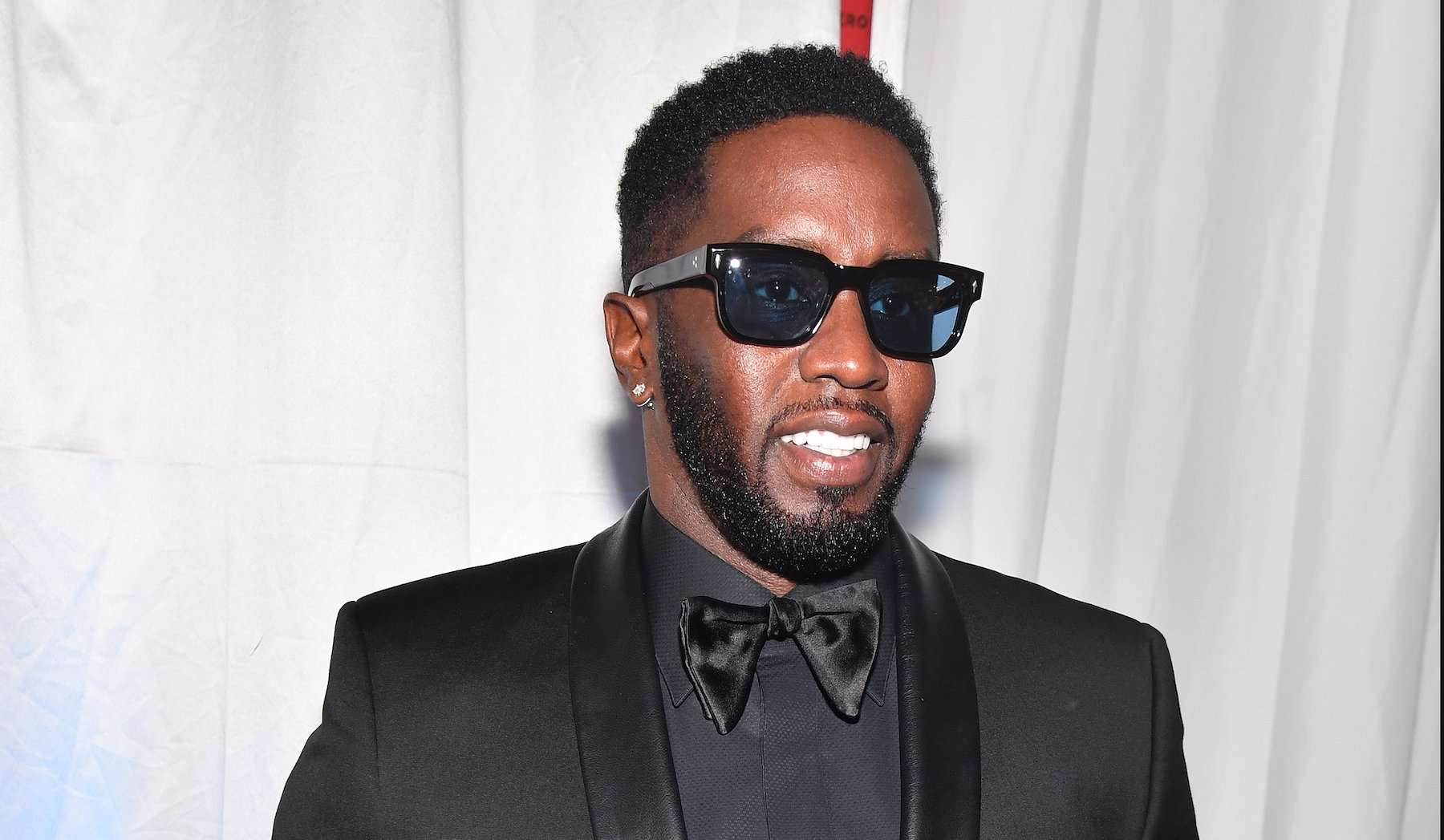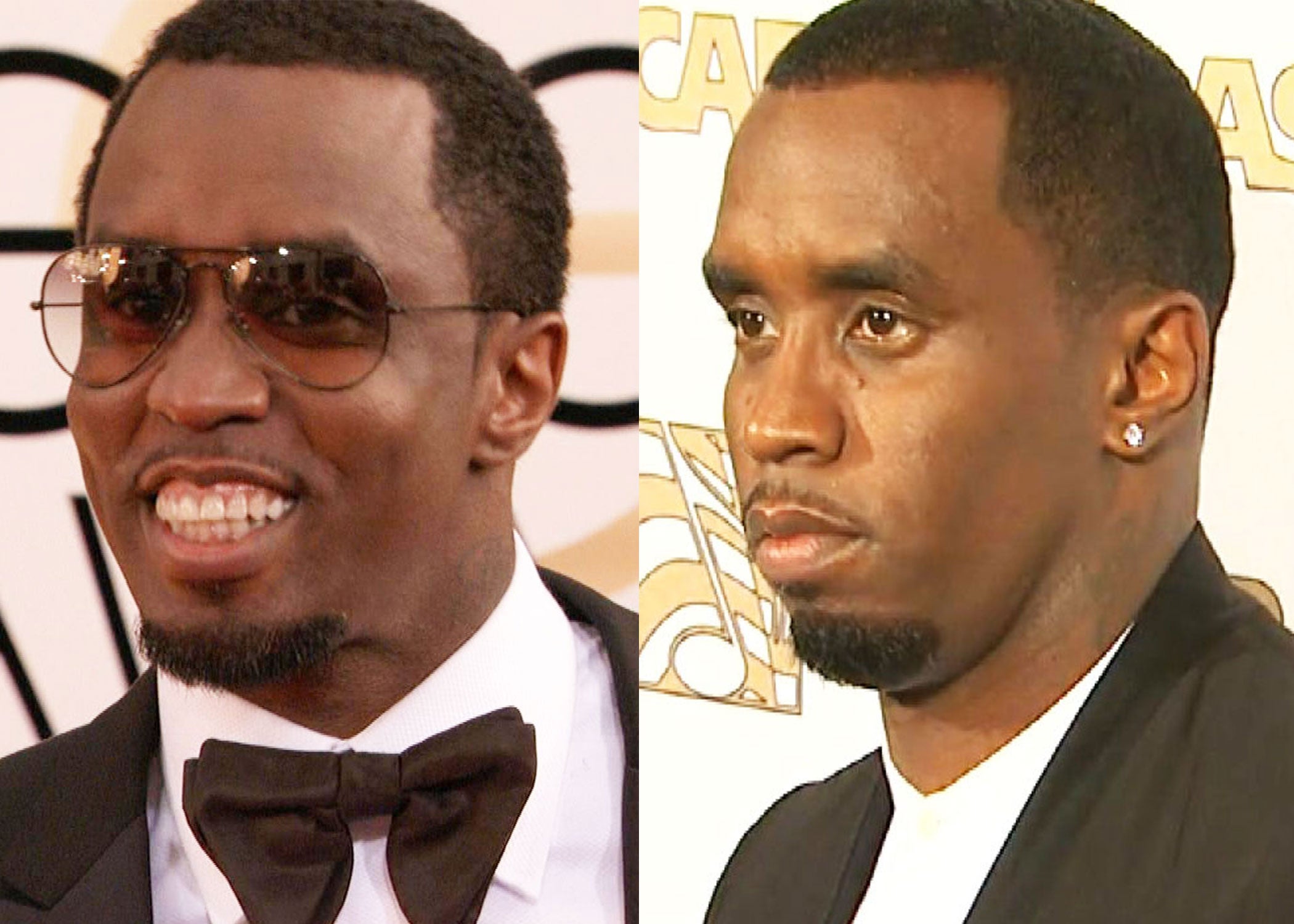Diddy's Iconic Hairstyles: A Style Evolution Through The Decades
Sean "Diddy" Combs, one of the most successful entrepreneurs and celebrities in the music industry, has had a lasting impact on popular culture with his versatile and iconic hairstyles. From the early 1990s to the present day, Diddy has experimented with various looks that have influenced his public image and contributed to his enduring appeal. In this article, we will explore Diddy's style evolution through the decades, examining his most notable hairstyles and the factors that have shaped his distinctive coiffure.
Diddy's rise to fame in the early 1990s coincided with the emergence of hip-hop as a major force in the music industry. As a member of the group Bad Boy Records, Diddy was part of a movement that sought to challenge the status quo in music and fashion. His initial hairstyles were characterized by a sleek, high-top fade, often paired with a scruff of facial hair and a chunky gold chain.
Early 1990s: The High-Top Fade Era
The high-top fade was a defining feature of Diddy's early style, particularly during his time with Bad Boy Records. This look was popularized by rappers such as Ice Cube and LL Cool J, and Diddy adopted it as a symbol of his affiliation with the hip-hop movement. The high-top fade was often paired with a haircut that fell to the shoulders or chest, creating a sharp, angular silhouette.
- Diddy's high-top fade was often contrasted with a bold, fashion-forward watch and a diamond-studded chain.
- The look was completed with a signature hairstyle: a messy, tousled texture that added to his charming, carefree persona.
- As the decade progressed, Diddy began to experiment with different hairstyles, incorporating various patterns and styles into his coiffure.
Mid-1990s: The Bob and the Braids
As the 1990s progressed, Diddy's hairstyles continued to evolve. One notable trend was the adoption of a signature bob, often styled with a series of braids or dreadlocks. This look was popularized by the R&B group Destiny's Child, and Diddy adopted it as a way to showcase his feminine side.
- Diddy's bob was often paired with a straight, sleek fringe (or bangs) that added to his androgynous appeal.
- The braids and dreadlocks were a bold departure from his earlier high-top fade, showcasing Diddy's willingness to experiment with different styles.
- Despite the initial shock of seeing Diddy with a bob and braids, the look became an integral part of his persona, cementing his status as a fashion icon.
Late 1990s: The Natural Look
In the late 1990s, Diddy began to adopt a more natural hairstyle, shedding his earlier high-top fade and embracing a textured, afro-textured look. This was a bold move, as it marked a departure from his earlier persona as a slick, fashion-forward rapper.
- Diddy's natural look was characterized by a relaxed, effortless texture, often achieved with a generous application of styling products.
- The look was often paired with a shorter beard or mustache, adding to his rugged, laid-back persona.
- Despite the initial criticism of his new look, Diddy's natural hairstyle became an integral part of his image, underscoring his growth as an artist and entrepreneur.
Early 2000s: The Fade and the Fauxhawk
As the 2000s dawned, Diddy began to experiment with new hairstyles, incorporating a variety of styles into his coiffure. One notable trend was the adoption of a fade haircut, often paired with a fauxhawk (a faux mohawk, achieved with styling products).
- Diddy's fade haircut was a departure from his earlier high-top fade, incorporating a gradual reduction in length from the crown to the nape of the neck.
- The fauxhawk was a bold move, adding to Diddy's edgy, rebellious persona.
- Despite the initial shock of seeing Diddy with a fade and fauxhawk, the look became an integral part of his image, solidifying his status as a style icon.
Mid-2000s: The Hair Don't Care Era
In the mid-2000s, Diddy adopted a hairstyle that would become synonymous with his persona: the "hair don't care" look. This look was characterized by a relaxed, undone texture, often achieved with a generous application of styling products.
- Diddy's hair don't care look was often paired with a messy, bedhead-style texture, adding to his laid-back, effortless persona.
- The look was often contrasted with a bold, fashion-forward outfit, underscoring Diddy's status as a style icon.
- Despite the initial criticism of his new look, Diddy's hair don't care era became an integral part of his image, cementing his status as a fashion legend.
Late 2000s: The Cornrows and the Dreadlocks
As the 2000s progressed, Diddy began to experiment with new hairstyles, incorporating cornrows and dreadlocks into his coiffure. This was a bold move, as it marked a departure from his earlier, more polished looks.
- Diddy's cornrows were often paired with a bold, colorful hairstyle, adding to his edgy, rebellious persona.
- The dreadlocks were a natural extension of Diddy's earlier hairstyle trends, showcasing his willingness to experiment with different styles.
- Despite the initial shock of seeing Diddy with cornrows and dreadlocks, the look became an integral part of his image, solidifying his status as a style icon.
2010s: The Fade and the Pompadour
In the 2010s, Diddy began to adopt a hairstyle
Tara Reid Husband
Who Is Lori Onhark Tank
Melissa Ann Piavis
Article Recommendations
- Chaun Woo Real Parents Picture
- Sturgillimpson Wife Po
- Google Places Local Rank Tracker
- Storage Wars Brandi
- Where Is Nichol Kessinger
- Sabrina Carpenter Weight
- Markavis Wife
- Ella Purnell
- Mary Padian
- Owen Wilsonied



